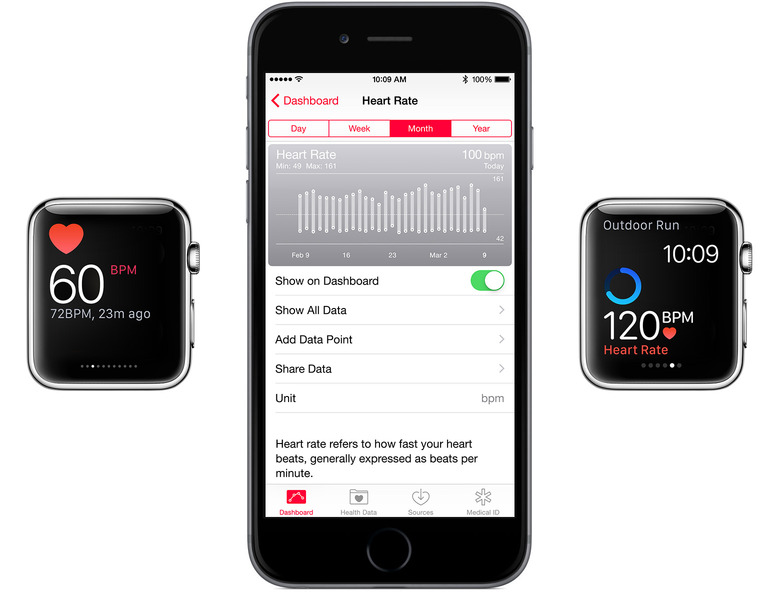How To Make Sure One Of Apple Watch's Key Health Features Works
In addition to providing notifications, the Apple Watch is also supposed to be a powerful fitness and health gadget designed to both motivate you and record a variety of parameters related to your daily activities and workout sessions. One of the things the Watch can record is your heart rate, and Apple has put together a special page on its support website that details how the sensor on the back of the Watch works and how to get better results from it.
DON'T MISS: How to install 'Netflix for pirates' on an iPhone 6 without jailbreaking
The heart rate sensor on the back of the device consists of four LED lights that can measure the blood flow through your skin, and record that data both for training sessions and for regular activities.
"The heart rate sensor in Apple Watch uses what is known as photoplethysmography," Apple explains. "This technology, while difficult to pronounce, is based on a very simple fact: Blood is red because it reflects red light and absorbs green light. Apple Watch uses green LED lights paired with light‑sensitive photodiodes to detect the amount of blood flowing through your wrist at any given moment."
By flashing the lights hundreds of times per second, the Apple Watch can accurately calculate how fast your heart beats per minute.
During workouts, the Watch will continuously record your heart rate and display it on the screen. Once you're done with fitness activities, the Watch will get back to recording your heart rate every 10 minutes, and storing data in the Health app on your iPhone.
Apple notes that readings may not always be accurate and sometimes the Watch won't be able to record your heart rate. That might mean you're not wearing your Watch correctly, as the device might be too loose to read your heart rate – the company advises you wear the watch tighter during workouts if you also want access to heart rate data.
Other factors, such as skin perfusion or the amount of blood that flows through your skin at any given time, might at times negatively affect heart rate readings.
More details about this major Apple Watch functions are available at the source link.
